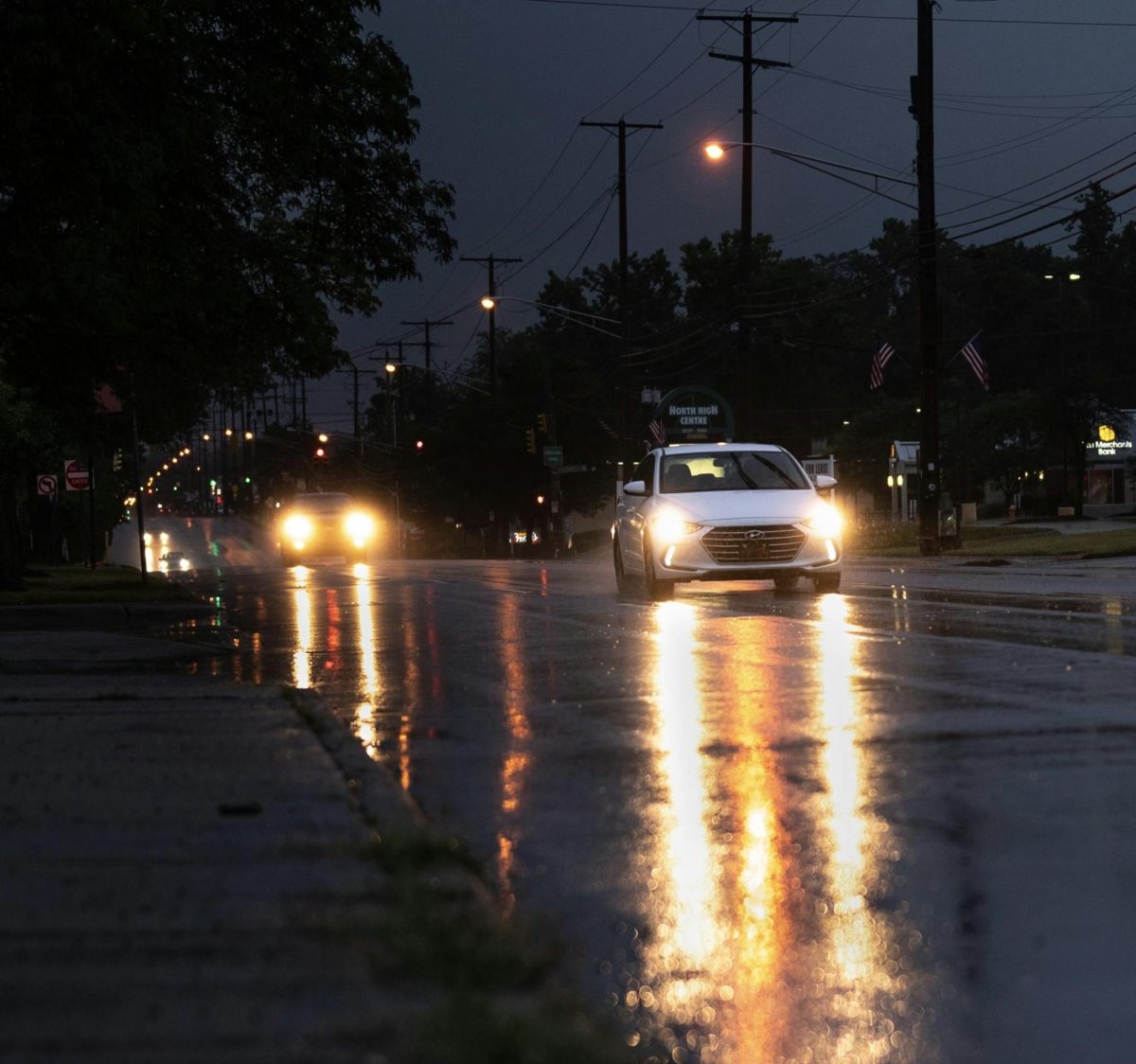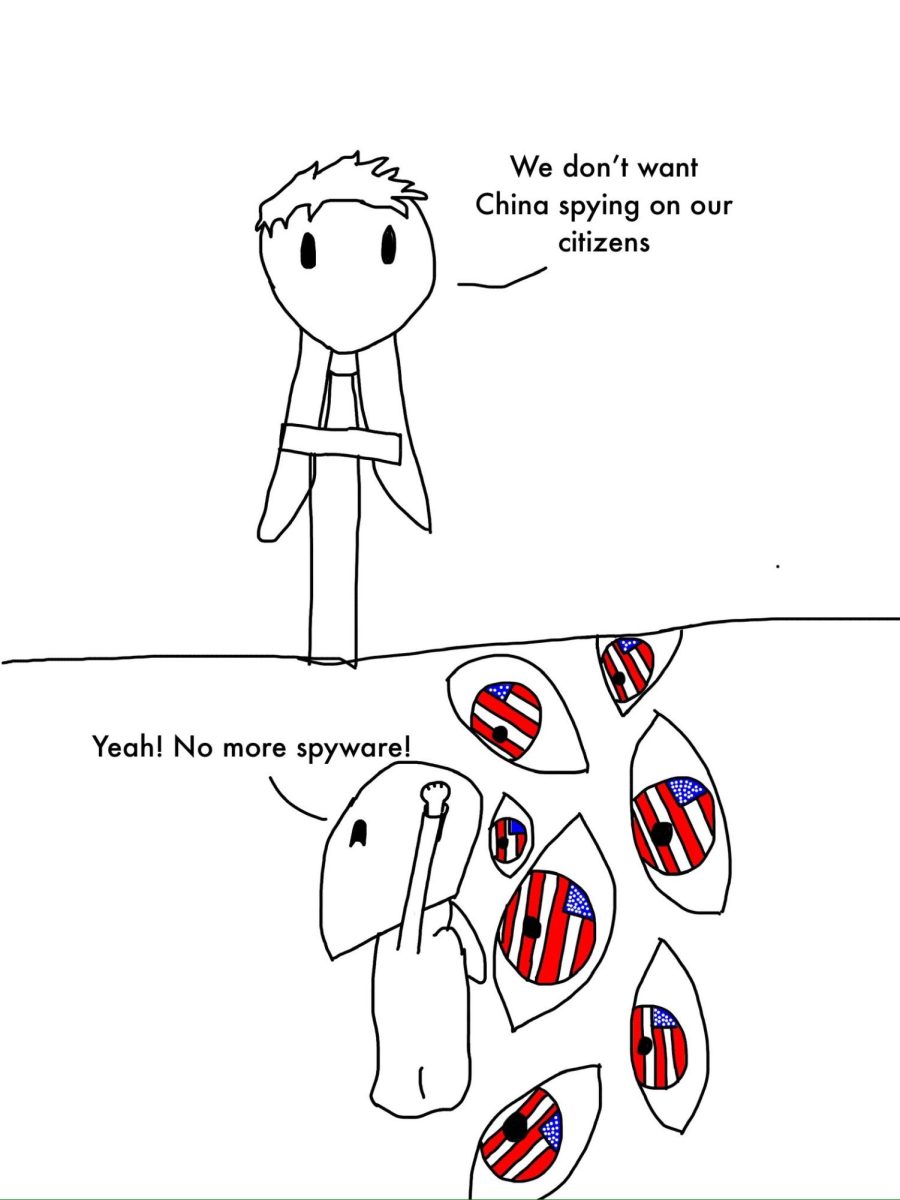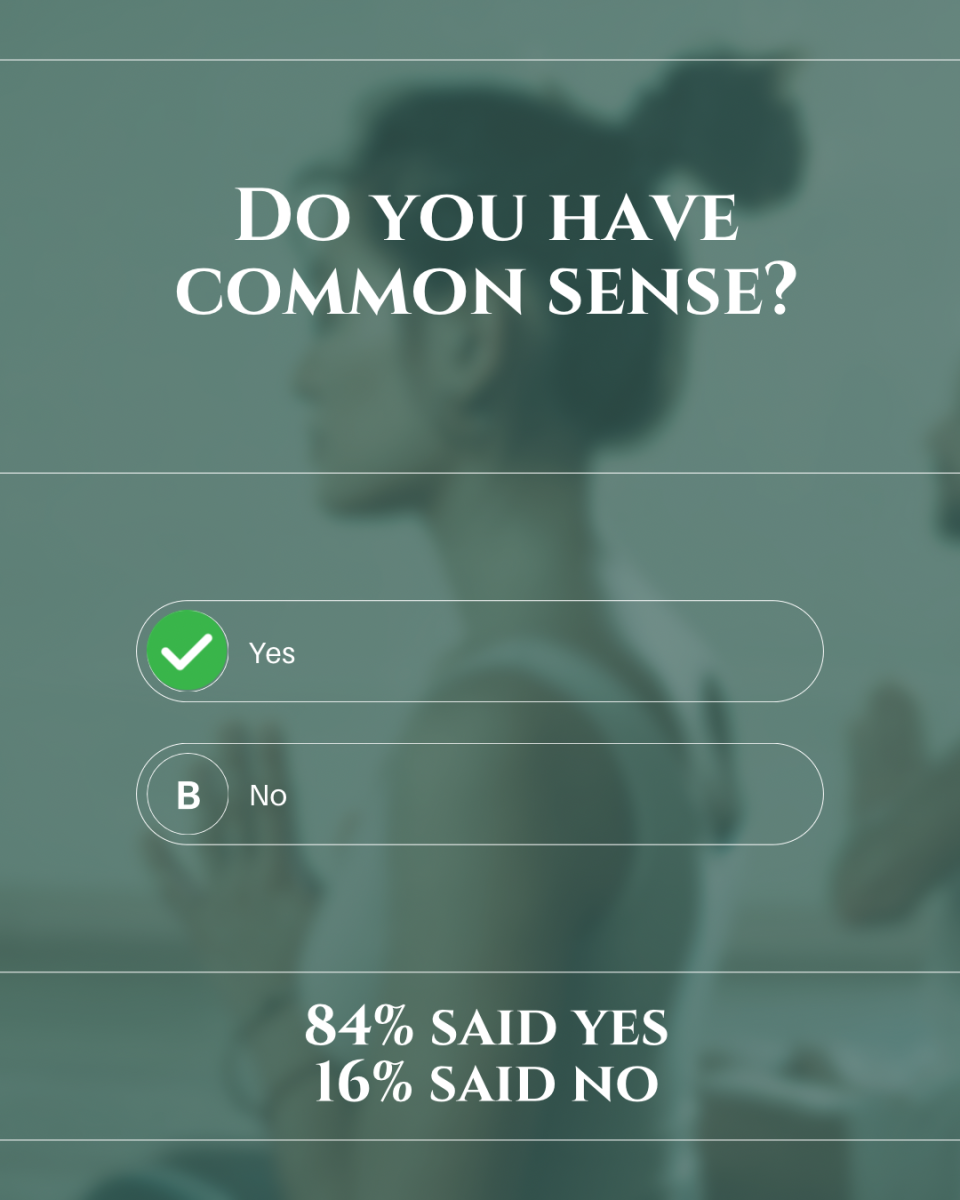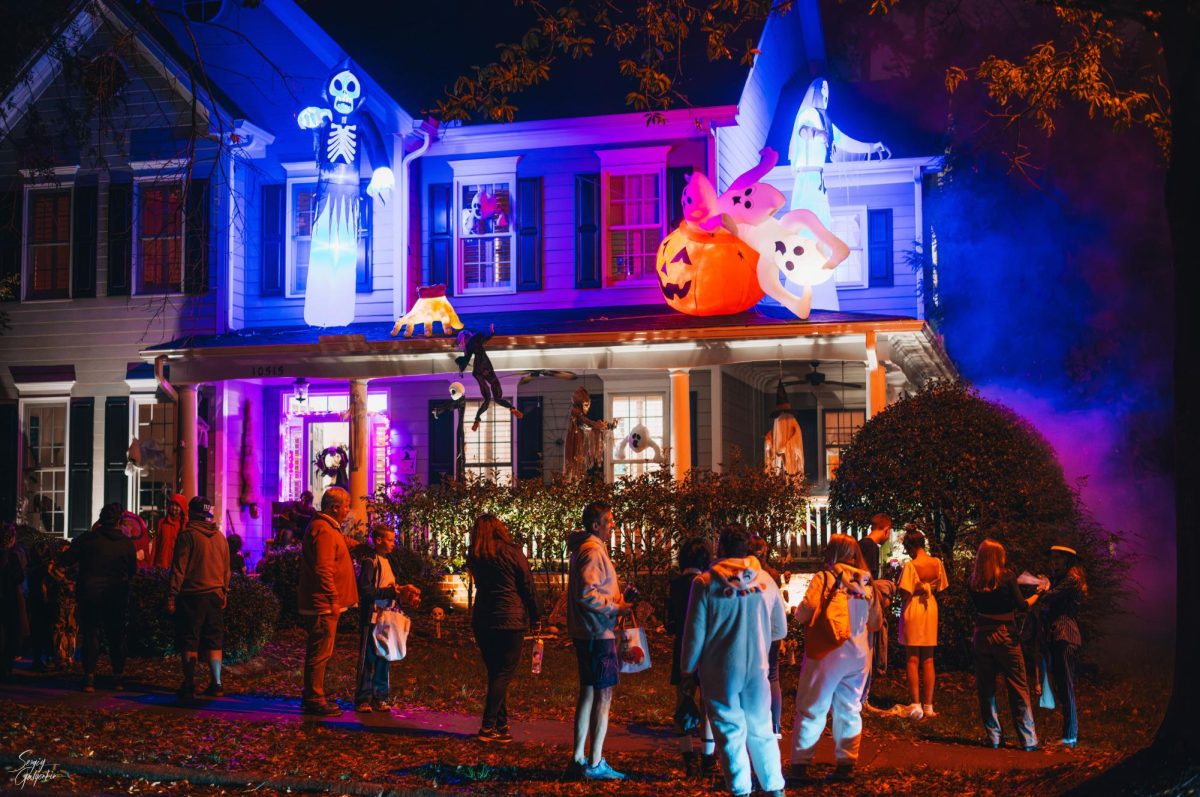Many teens love going out for a leisurely drive as a way to relax or spend time with friends. Recently, though, drivers of all ages have developed a fear of driving after the sun sets. Imagine driving out on the highway and a car suddenly appears with its brights on. You try to stay focused on the road, but the lights are so blinding that it’s difficult to see, causing you to pull over to avoid an accident. This is a common experience in the U.S., which is one of the lone countries that doesn’t have access to adaptive driving beams. Driving at night is already increasingly dangerous compared to during the day, so society or the automotive industry needs to do more to protect driver safety.
Headlights are more aggressively bright than they’ve ever been. One possible cause is that vehicle lights have slowly become blue-tinted, which is harsher on the eyes and leaves drivers in disarray. Similar to this, high beams have become additionally powerful to improve driver visibility during the night time. Mark Schieldrop from CBS News said, “People aren’t imagining things. Headlights are much brighter than they used to be even just a few years ago.” Both of these changes were intended to improve safety on the roads but seem to have had the opposite effect, leaving drivers blinded and unable to maneuver their vehicles. As a result, countless groups of people on social media have advocated for the removal of harsh LED headlights. Experts say that a more advanced alternative is adaptive lights.
Numerous places other than America have allowed vehicles to use ADB-enabled headlights that automatically adjust the shape of the beam based on whether there are any oncoming cars. The bright lights are capable of staying activated without any unwanted glare, which significantly helps the prevention of accidents. Greg Brannon from NBC News said, “The United States is decades behind the rest of the developed world with respect to updating standards to keep up with technologies, particularly in the headlight area.” Countries in Europe have been using these for over a decade and are available in the majority of places comparable to the U.S.
The nighttime is statistically the most hazardous time of day to go out for a drive. According to the National Highway Traffic Safety Administration, almost half of fatal crashes occur at night. The reduced light and visibility make it difficult to see the road and any potential hazards that could put someone’s life at risk. Because of this, some car manufacturers have argued that headlights should be even brighter so drivers can see further away and prevent an accident. I think that this would make the problem even worse and would ignore the concerns that thousands of people have reported. The best solution is to update our technology, which could include more adaptive lights. There needs to be a limit on how harsh a vehicle’s brights can be so that they don’t continue getting brighter and brighter.
Ultimately, vehicle lights have become too harsh and have created unnecessary distractions on the road. This is especially dangerous for those who are visually impaired or elderly. Car crashes are already one of the most common causes of death, so the industry needs to do more to minimize the risk that comes with driving. I think adaptive headlights should be allowed and made more accessible, as they would greatly improve our safety and make us feel more comfortable on the road.





















